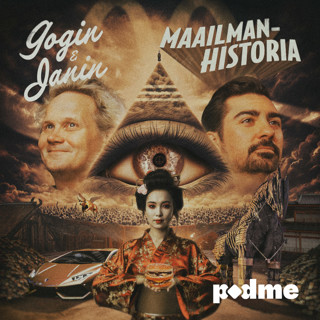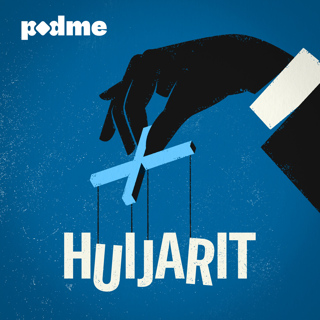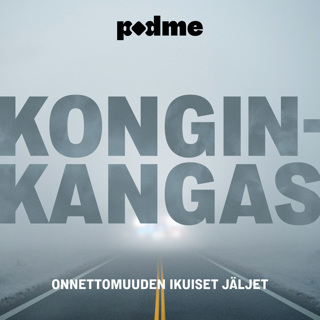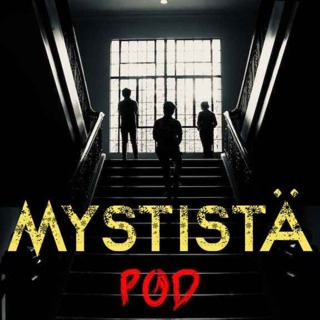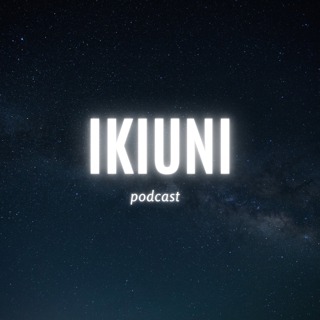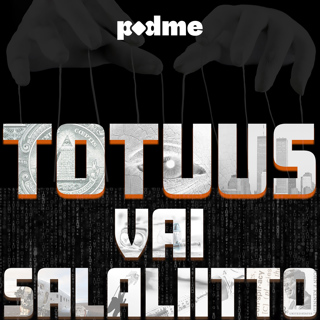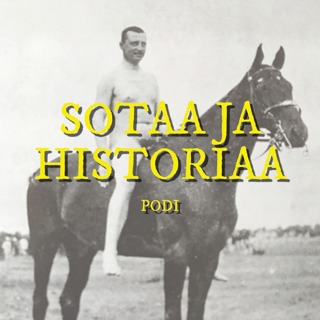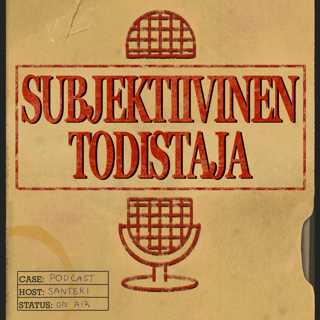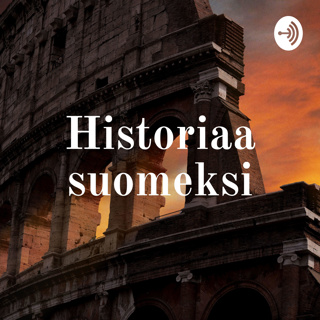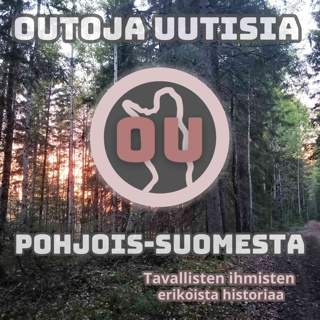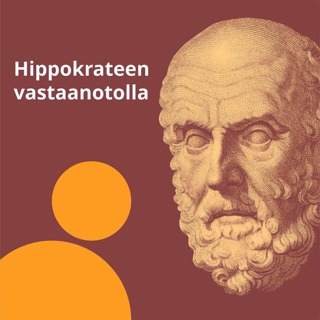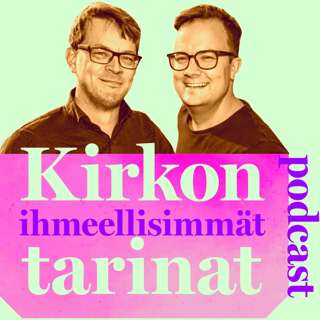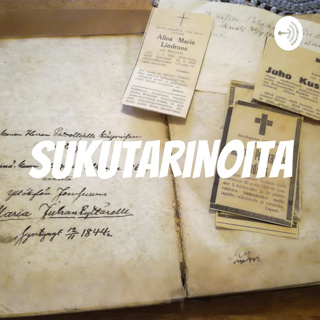
Alexander the Great's Greatest Victory
In October 331 BC, one of the most important battles of world history occurred on the plain of Gaugamela. Alexander III of Macedon, better known as Alexander the Great, had been campaigning east of the Aegean Sea against the Persian Empire for 3 ½ years. Already he had won a series of notable victories and conquered many lands west of the Euphrates River. But it would be on 1 October 331 BC that a 25 year old Alexander came up against his biggest challenge to date. A large army, gathered by the Persian Great King Darius III aimed at stopping the young conqueror in his tracks once and for all. The clash that followed would decide the fate of the Persian Empire and mark a major moment in world history.In this, slightly different, Ancients episode Tristan gives a detailed run down of the Battle of Gaugamela: the background to this titanic clash and the battle itself.Order Tristan’s book today: https://www.amazon.co.uk/Perdiccas-Years-323-Alexanders-Successors/dp/1526775115/ref=zg_bsnr_271237_68/260-7675295-7826601?pd_rd_i=1526775115&psc=1Tristan's Twitter / Instagram - @ancientstristan Hosted on Acast. See acast.com/privacy for more information.
10 Loka 20211h 20min
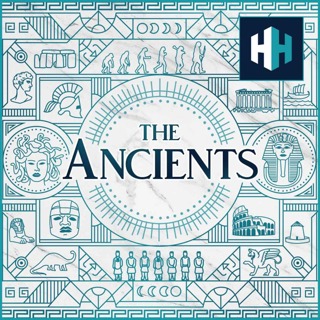
Nefertiti
Very few figures in history are recognizable from their silhouettes, but included in this small group is Nefertiti, one of the most famous queens of Ancient Egypt. Professor Joyce Tyldesley speaks to Tristan not only about the famous image of Nefertiti, but also about the theories surrounding her life, death and burial (no aliens in sight!). Joyce is a professor at the University of Manchester and an expert on the role of women in Ancient Egypt. Hosted on Acast. See acast.com/privacy for more information.
7 Loka 202151min

The Lost Tomb of Alexander the Great
In his lifetime King Alexander III of Macedon, better known as Alexander the Great, forged one of the largest empires in ancient history. But it was what happened to Alexander following his demise – his ‘life after death’ - which resulted in one of the great archaeological mysteries of the ancient Mediterranean.Following his death, aged just 32, his corpse became of prime importance for his former subordinates – a talismanic symbol of legitimacy during the tumultuous period that was the Wars of the Successors. Later still, the body and tomb of this great conqueror – placed right in the centre of ancient Alexandria – retained its importance. From Ptolemaic pharaohs to Roman emperors, Alexander’s tomb became a place of holy pilgrimage for many seeking power and prestige. For several centuries the tomb of this Macedonian ruler was one of the great attractions of the ancient Mediterranean. That was, however, until the end of the 4th century when all mention of this building, and the precious corpse housed within, disappeared. So what happened to Alexander’s tomb? And where might Alexander’s body be buried today? To talk through several theories surrounding one of ancient history’s great archaeological mysteries, Tristan chatted to Dr Chris Naunton. The third of 3 episodes we recorded with Chris earlier this summer.Chris' Twitter / Instagram: @chrisnauntonTristan's Twitter / Instagram: @ancientstristanAlexander the Great: The Greatest Heist in History documentary, featuring both Tristan and Chris: https://access.historyhit.com/videos/alexander-the-great-the-greatest-heist-in-history Hosted on Acast. See acast.com/privacy for more information.
3 Loka 202155min

The Oldest Human Footprints in North America
This week our understanding of when humans first inhabited the North American continent has been turned on its head … by a set of c.22,000 year old footprints. In this episode, hear how footprints can form crucial evidence for populations of prehistoric people and animals, and how now extinct famous megafauna such as mammoths and giant sloths once interacted with early humans. To reveal all about this ground breaking new discovery, Tristan was joined by Bournemouth University's Dr Sally Reynolds.Sally's Twitter - @SallyR_ISLHETristan's Instagram / Twitter - @ancientstristan Hosted on Acast. See acast.com/privacy for more information.
30 Syys 202128min

Roman Weapons
Legendary leaders and notorious battles, we imagine the sound of clinking armour. But what did the Romans take with them into battle? In the second of our episodes recorded at Chalke Valley History Festival, Legio II Augusta's David Richardson talks through a selection of iconic weapons and deadly devices used by Roman soldiers.Legio II Augusta Website - https://www.legiiavg.org.uk/For behind the scenes and extra Ancients, follow Tristan on Instagram at https://www.instagram.com/ancientstristan/ Hosted on Acast. See acast.com/privacy for more information.
26 Syys 202144min

Werewolves and Strix-Witches
It’s werewolf time on the Ancients! In this episode Exeter University’s Professor Daniel Ogden highlights how these mythical creatures have their origins in ancient times and thrived in a story world shared by witches, ghosts, demons and dragons. Join Tristan and Daniel as they shine a light on werewolf (or werewolf-related) stories that survive from antiquity. From Homer’s Circe to Petronius’ Satyricon. Also making an appearance is the Strix-Witch, a Roman phenomenon and persistent feature of their folklore. Daniel’s new book, The Werewolf in the Ancient World, is out now.For behind the scenes and extra Ancients, follow Tristan on Instagram at https://www.instagram.com/ancientstristan/ Hosted on Acast. See acast.com/privacy for more information.
23 Syys 202141min

Fortress Cilicia: Megastructures in the Near East
In the aftermath of Alexander the Great’s death, his empire became the subject of a series of titanic clashes: the Wars of the Successors. In this episode of the podcast, Dr Nick Rauh takes us through some of the monumental Hellenistic super fortresses built during this period in ancient Rough Cilicia, modern day southeast Turkey, along the Northeast Mediterranean shoreline. He also highlights the importance of this area of the ancient world to preceding superpowers such as the Assyrians and the Persians. Nick is a professor of Classics at Purdue University.Fair warning, we nerd out quite heavily in this podcast, so below are some references to help!Map of ancient Anatolia (Asia Minor), with place names mentioned in the podcast: https://www.worldhistory.org/img/c/p/1200x627/253.pngThe Ptolemaic Kingdom - Hellenistic kingdom centred around Egypt that emerged in the aftermath of Alexander the Great's death.The Seleucid Kingdom - Hellenistic kingdom centred around Syria / Mesopotamia, that emerged in the aftermath of Alexander the Great's death.Antigonus the One Eyed - Prominent general during the Wars of the Successors. Father of Demetrius. Enemy of Eumenes of Cardia (Alexander the Great's former secretary).Demetrius - Son of Antigonus and another prominent general during the Wars of the Successors.Ovacik Peninsula - Cape TisanFor behind the scenes and extra Ancients, follow Tristan on Instagram at https://www.instagram.com/ancientstristan/ Hosted on Acast. See acast.com/privacy for more information.
21 Syys 202154min

Clodius: Best Villain of the Roman Republic?
Historian and author Dr. Emma Southon returns to the Ancients to shine a light on the life - and murder - of Publius Claudius Pulcher (aka Clodius), and why this horrible, colourful figure was so significant in the demise of the Roman Republic.Emma's Twitter - https://twitter.com/NuclearTeethTristan's Instagram - https://www.instagram.com/ancientstristan/ Hosted on Acast. See acast.com/privacy for more information.
19 Syys 202146min




